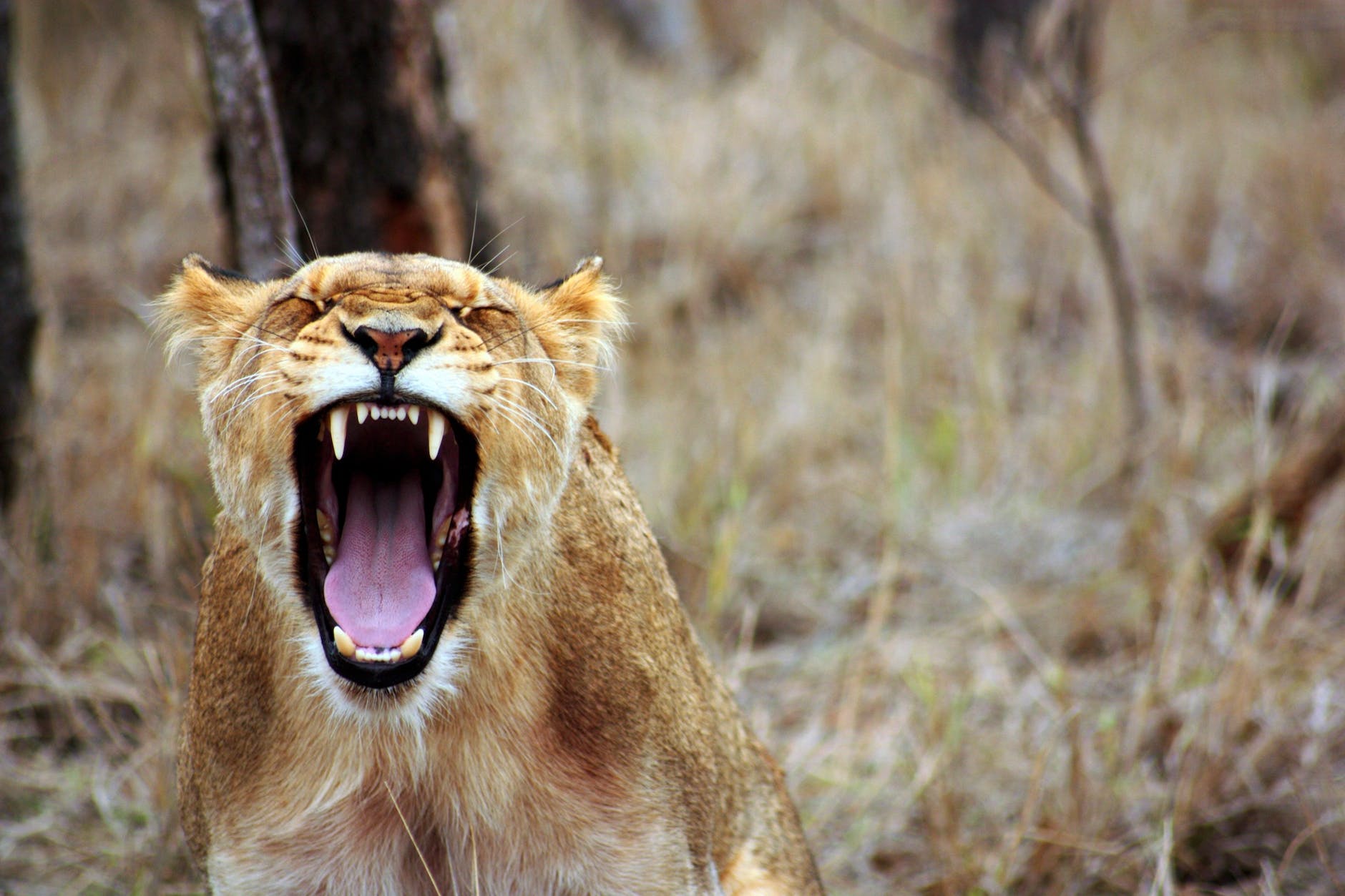
While the terms “big cats” and “little cats” seem straightforward size-based categories, they actually refer to two distinct evolutionary lineages within the Felidae (cat) family. These lineages are distinguished not just by size, but also by several key anatomical and behavioral features, including the ability to roar:
Big Cats (Panthera):
- Roarers: All “big cats” belong to the genus Panthera and possess the anatomical features necessary for roaring. These features include a flexible hyoid apparatus (a group of bones in the throat) and an enlarged larynx (voice box) with specific vocal folds.
- Size and Build: While generally larger than “little cats,” size isn’t the sole defining factor. Leopards, classified as big cats, can be smaller than some “little cats” like the cougar. Big cats tend to have a more stocky build and powerful jaws.
- Habitat and Distribution: Found in Africa, Asia, and the Americas (only jaguars).
- Other Characteristics: Claws are retractable. Tend to be solitary hunters (except lions).
Little Cats (Felidae – excluding Panthera):
- Purrers: Cannot roar due to a different hyoid apparatus structure. However, they can purr, a sound produced by vibrations in the larynx.
- Size and Build: Generally smaller than big cats, but exceptions exist. They exhibit a wider range of body shapes and sizes, including slender builds like cheetahs and stockier builds like bobcats.
- Habitat and Distribution: Found worldwide except for Antarctica.
- Other Characteristics: Claws are retractable (except cheetahs, the only cat who does not retract their claws). Hunting strategies vary from solitary to social hunting.
Key Points:
- Roaring is not a size-related trait, but a specific anatomical adaptation present only in “big cats” (Panthera).
- “Big cats” are the tiger, lion, jaguar, leopard, and snow leopard.
- “Little cats” encompass a larger and more diverse group, including familiar felines like domestic cats, as well as large wild cats like cheetahs and cougars, and smaller wild cats like bobcats and Asian leopard cats.
- Both “big cats” and “little cats” play crucial roles in their respective ecosystems.







